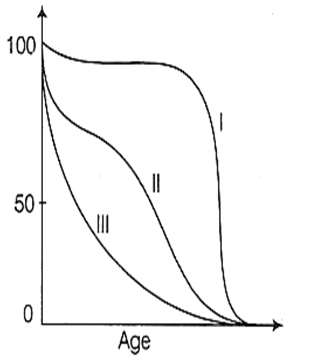 Multiple Choice Questions
Multiple Choice QuestionsWhen one organism is benefited without affecting the other, it is called
parasitism
commensalism
saprophytis
symbiosis
The equation = B represents, which of the following?
Natality
Growth rate
Mortality
All of these
 Short Answer Type
Short Answer Type Multiple Choice Questions
Multiple Choice QuestionsScirpophage incertulus is an example of
monophagus pest
diphagus pest
oligophagus pest
polyphagus pest
Which one of the following is a population?
A spider and some trapped flies in its web
Earthworm that lives in a grassland along with other arthropods
All the plants in a forest
All the oak trees in a forest
A biologist studied the population of rats in a barn. He found that the average natality was 250, average mortality 240, immigration 20 and emigration 30. The net increase in population is
10
15
05
Zero
A sedentary sea anemone gets attached to the shell lining of hermit crab. The association is
ectoparasitism
symbiosis
commensalism
amensalism
Given below is the survivorship curve of different population.

Which type of the curve has the highest chances of senescence affecting mortality?
Type I
Type I and II
Type III
Type I, II and III
